Walking is Vital to My Conscientious Resilience!
Estimated reading time: 16 minutes, 48 seconds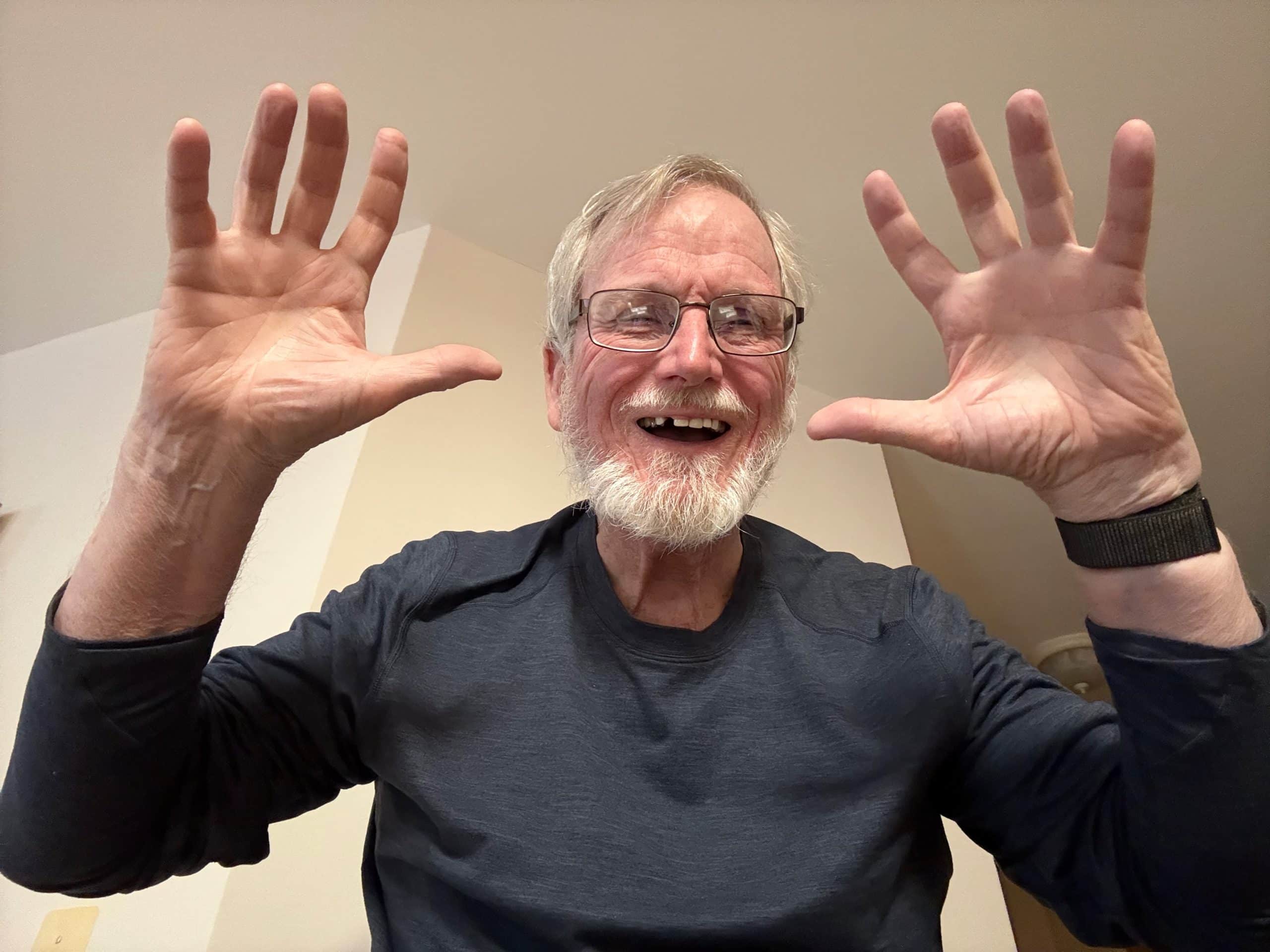
Walking on Day One
On May 6, 2021, I found myself standing on the precipice of despair, the tidal wave of grief I had managed to suppress during my wife’s time in hospice now crashing over me. Just a day before, I had said my final goodbyes, laying my beloved wife to rest, and the profound weight of that loss pressed down on my soul. As I stood in front of our empty closet, I faced a choice: retreat to the comforting confines of my bed or venture out into the world. After a night devoid of sleep, logic would suggest I should seek solace in rest. Yet, instead, I bent down and pulled on my worn, tattered walking shoes—my silent companions urging me to step back into life, even when everything felt dark.
Despite my vision blurred by tears, I laced up my shoes, determined to take each step forward, no matter how difficult. The world around me felt both familiar and painfully distant as I walked. My eyes were barely able to open wider than pinholes, hindered by the grief that clouded my sight. Everyday sights along my route loomed like shadows, simple yet constantly reminding me of the profound loneliness I now faced. Each step was a small victory, a testament to my resolve to navigate life after such heartache, a daily struggle and triumph that I continue to face.
For fourteen hundred days, I have risen with the Sun and taken to the streets, my mind wandering as I walk. In those initial moments of solitude, I felt like a ship lost at sea. To steady my thoughts and anchor my spirit, I chanted a mantra that guided me through life’s ups and downs: ‘I am capable, I am strong, and I believe in myself.’ This phrase, which I often shared with Jan during our time together, is more than just a mantra. It’s a source of strength and resilience, a promise to always be there for each other, no matter the storms we face.
Every morning, I find motivation in reciting this mantra, which sparks my will to rise from bed and embrace the day. I take longer walks, dive into books, and pour my thoughts onto the page, especially about Jan. I took another step forward by joining four online grief support groups by the end of May. Each of these groups, with its unique focus and approach, provided a sense of community and understanding that I found immensely comforting. These activities have crafted a daily routine that gently guides me forward, one small step at a time.
During college, I discovered a passage from Viktor Frankl‘s Man’s Search for Meaning and promised to finish the book. It wasn’t until the early days of my grief that I finally fulfilled that promise. Frankl’s logotherapy taught me that the primary human drive is the pursuit of meaning, which surpasses even the quest for pleasure, as Freud had suggested. This passage, which I revisited during my grief, was a powerful reminder of the importance of finding meaning in life, even in the face of profound loss. It became a guiding principle on my journey toward resilience and recovery.
Reflecting on this journey, I realized I had always walked purposefully, although the last three months had been different. The fear of losing my wife weighed heavily on me, influencing every aspect of my life. Being a caregiver was the most meaningful role I had ever embraced, and as that chapter of my life neared its end, I faced a complex reality.
However, during the early days of grieving, establishing a routine became my guiding light. It empowered me to rise above despair and continue moving forward. I now understand the importance of walking, reading, writing, worshiping, and volunteering. Despite the pain of loss, my journey as a widow offered an opportunity to seek more profound meaning and purpose. Reading, worshiping, and writing, in particular, became my refuge, allowing me to explore my emotions and find solace in the words of others who had experienced similar losses.
After almost 48 years, I recently lost my wife, Jan Lilien. Like The Little Prince, Jan and I believed that “The most beautiful things in the world cannot be seen or touched, they are felt with the heart.” This blog is a collection of my random thoughts on love, grief, life, and all things considered.
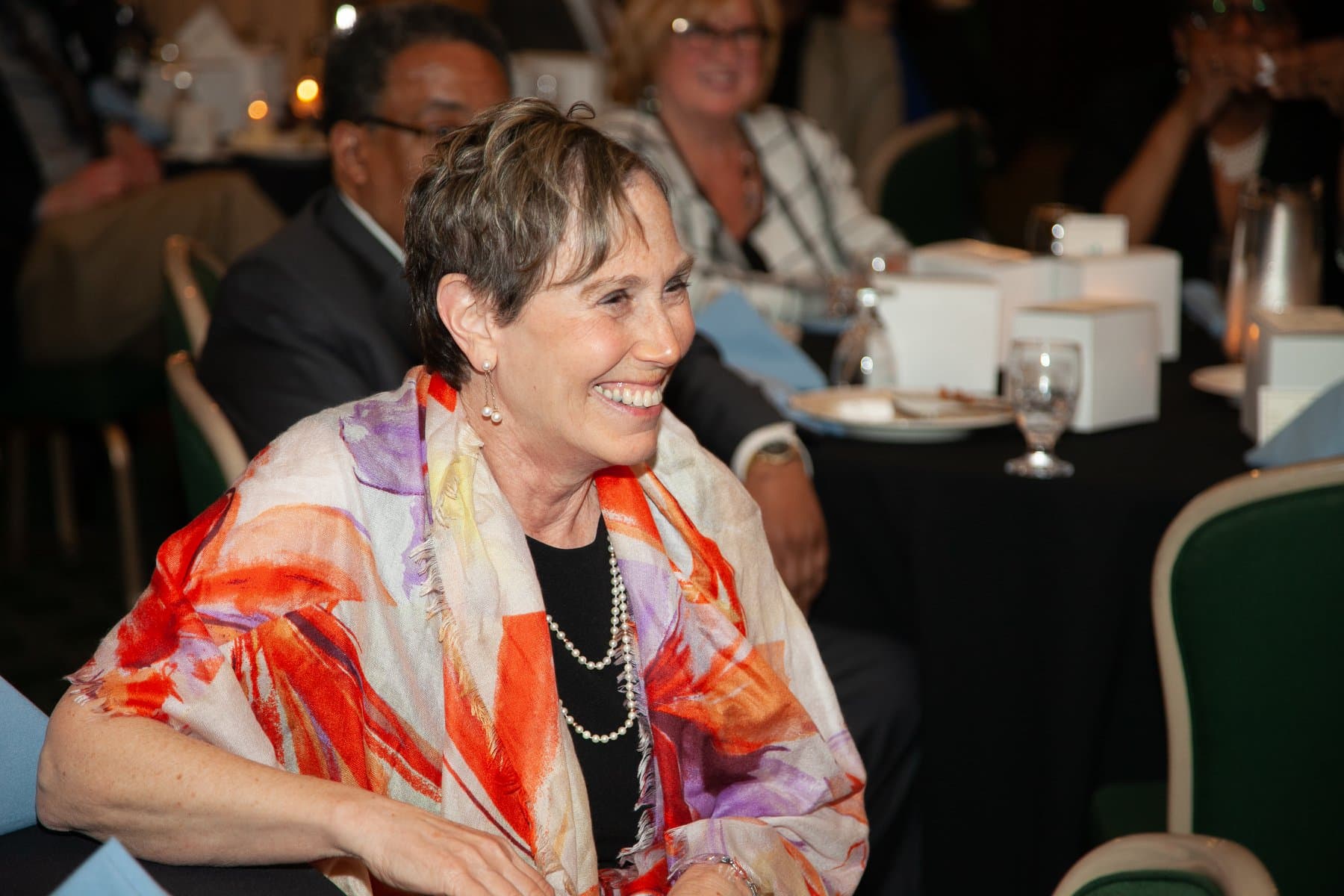
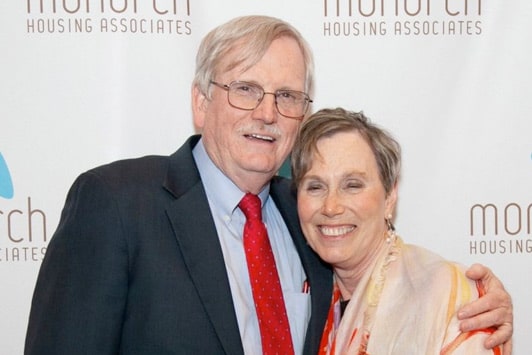
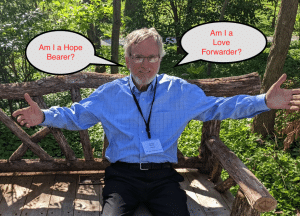
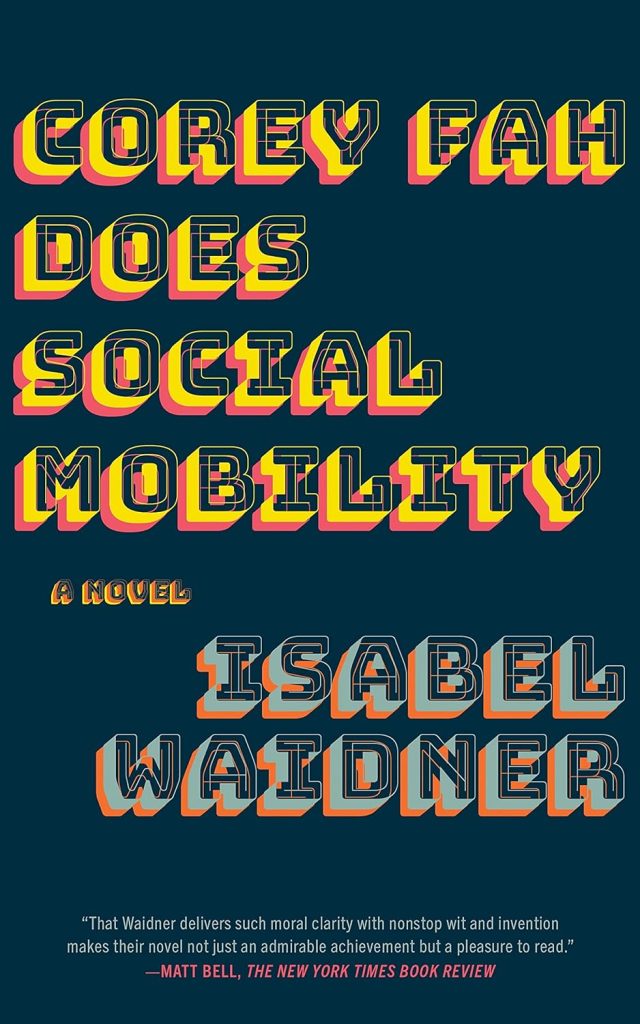
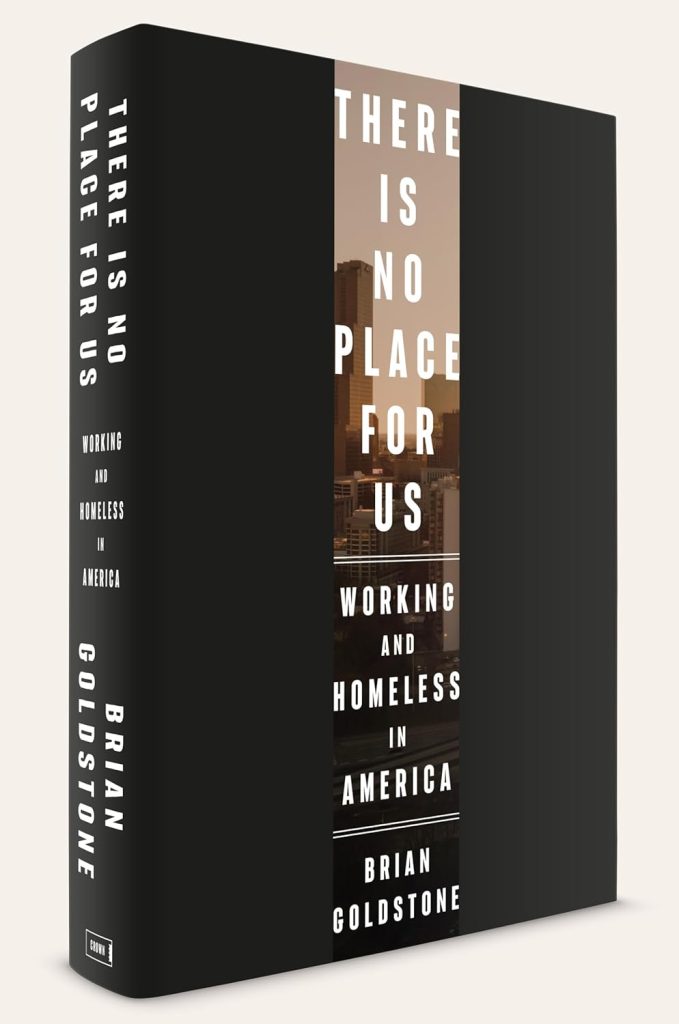
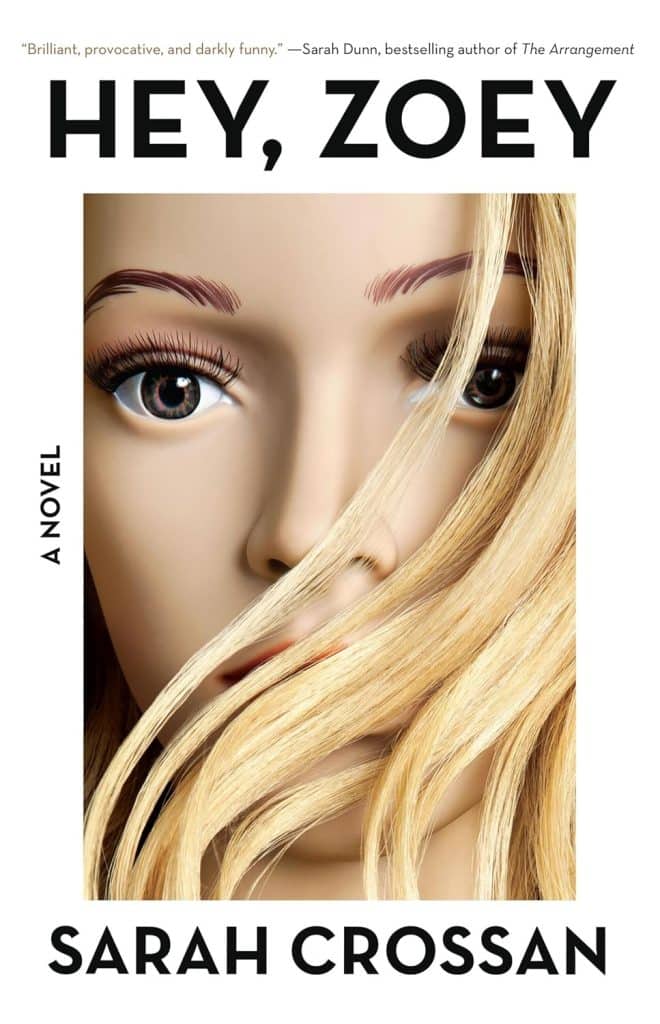
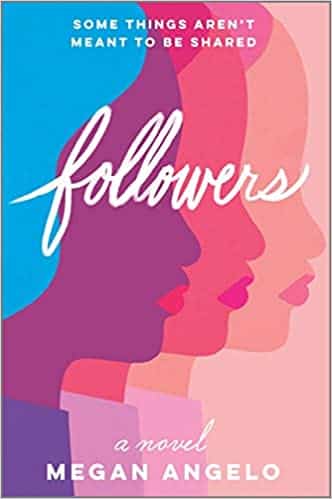
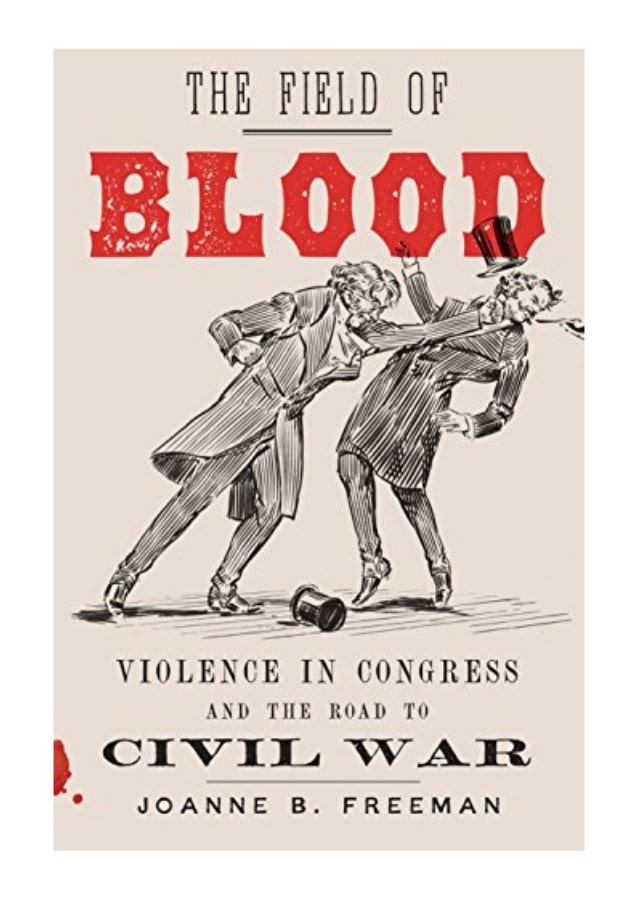
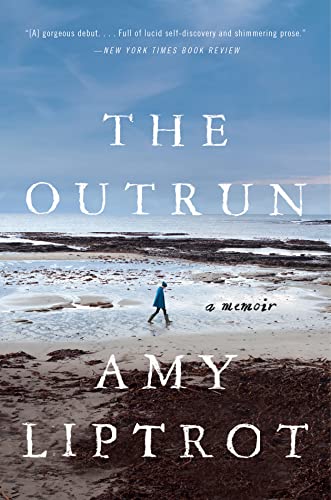
As you know, I am walking because of you. I am currently at day 55 of 100. Once I reach day 75, I plan to change my goal to walk 150 days.
I am excited by that goal because when I arrive at 150 days, I will have walked 10% of the days that you will have walked and it will be my one chance to have such alignment. I am excited!
So, why am I walking? I am walking because having a concrete goal of walking 100 days gives me reason not to quit. I am guessing that you start your walk each day for a similar reason. It gives you a reason not to quit, to keep going.
Once I begin my walk the reasons change and are different from day to day. However, the sense of accomplishment of having “walked today” is always there and my guess is that you likely walk for those endorphins too.
Thank you for inspiring me!
-Mark-
Mark, I want to express my gratitude for your friendship and support. It will be an honor to celebrate when you reach 150 days, and I’m currently at 1,410 days and counting.
I walk to enjoy the endorphins, but like you, each day I walk gives me one more reason not to quit. Some days my body protests, but once I start, the pain disappears, and I find myself in moments of tranquility with nature and life.
If I’ve inspired you to walk, you have encouraged me to live life fully after loss in countless ways.
I will always be grateful to have you as a friend.